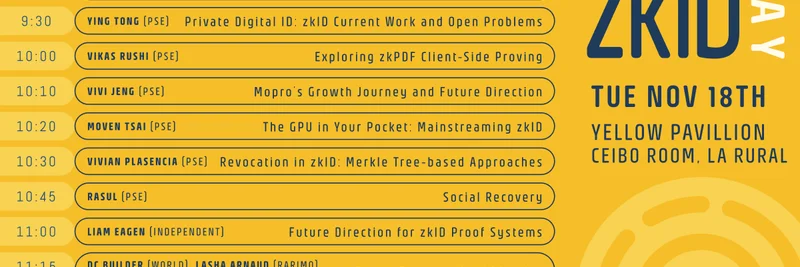The internet experienced a major hiccup on November 18, 2025, when Cloudflare, a leading content delivery network, suffered an outage that knocked out access to popular sites like X (formerly Twitter) and ChatGPT. Thousands of users reported issues, with services grinding to a halt due to what Cloudflare described as a "traffic spike" under investigation. While the company quickly restored operations, the incident served as a stark reminder of the vulnerabilities in centralized infrastructure.
Enter Andrew McConnell, CTO of Malbec Labs, who took to X to spotlight how his project, DoubleZero, approaches these challenges differently. In his post, McConnell referenced the outage to underscore DoubleZero's core philosophy: empowering users with total control over their traffic. "If DZ has a bad day, our users can simply turn it off and go about their day," he wrote, contrasting this with Cloudflare's more rigid model where switching isn't as straightforward.
DoubleZero, often abbreviated as DZ, is a decentralized protocol built on Solana that creates high-performance, global networks tailored for distributed systems like blockchains. At its heart is the 2Z token, a utility asset that incentivizes network contributors and users. Unlike traditional networks that can leave you stranded during downtime, DZ incorporates automated failover mechanisms. This means if the DZ network encounters issues, traffic seamlessly shifts to the public internet without disrupting operations.
McConnell's post quotes an earlier demonstration from June 2025, where he walks through DZ's failover process. In the video, he explains the architecture: a ledger for provisioning, controllers that configure switches, and agents on devices that handle real-time updates. Using tools like BGP (Border Gateway Protocol, a standard for routing internet traffic), he simulates a network failure by disabling an agent. The result? Traffic reroutes to the public internet instantly, with no packet loss. When the agent is reactivated, the system restores DZ routing, often with improved latency— in the demo, it dropped by 7 milliseconds.
For those in the meme token space, this is particularly relevant. Solana, home to viral hits like Dogwifhat or Bonk, relies on fast, reliable connectivity for trading, staking, and community interactions. Meme tokens thrive on hype and rapid transactions, but centralized points of failure—like a Cloudflare outage—can halt momentum. DoubleZero aims to mitigate that by providing a decentralized alternative: users pay in 2Z for bandwidth, and the network's design ensures resilience. Network providers earn 2Z for contributing resources, aligning incentives in a way that echoes the community-driven ethos of meme coins.
Since launching its mainnet-beta in October 2025, DoubleZero has positioned itself as an infrastructure layer for blockchains, with 2Z trading around $0.14 amid some early volatility. The token's utility extends to governance and data validation, making it more than just a payment method—it's the glue holding the ecosystem together.
As blockchain practitioners, incidents like the Cloudflare outage highlight the need for robust, user-centric solutions. DoubleZero's approach not only offers failover but also reserves bandwidth for high-value, long-haul routes, keeping local traffic on the public net. This hybrid model could be a game-changer for meme token developers building on Solana, ensuring their projects stay online even when the broader web falters.
If you're diving into meme tokens or blockchain infra, keeping an eye on projects like DoubleZero could provide that edge. After all, in crypto, control and resilience aren't just features—they're necessities.


